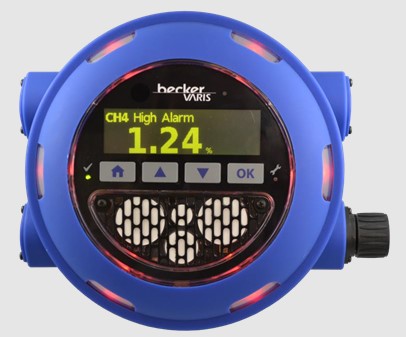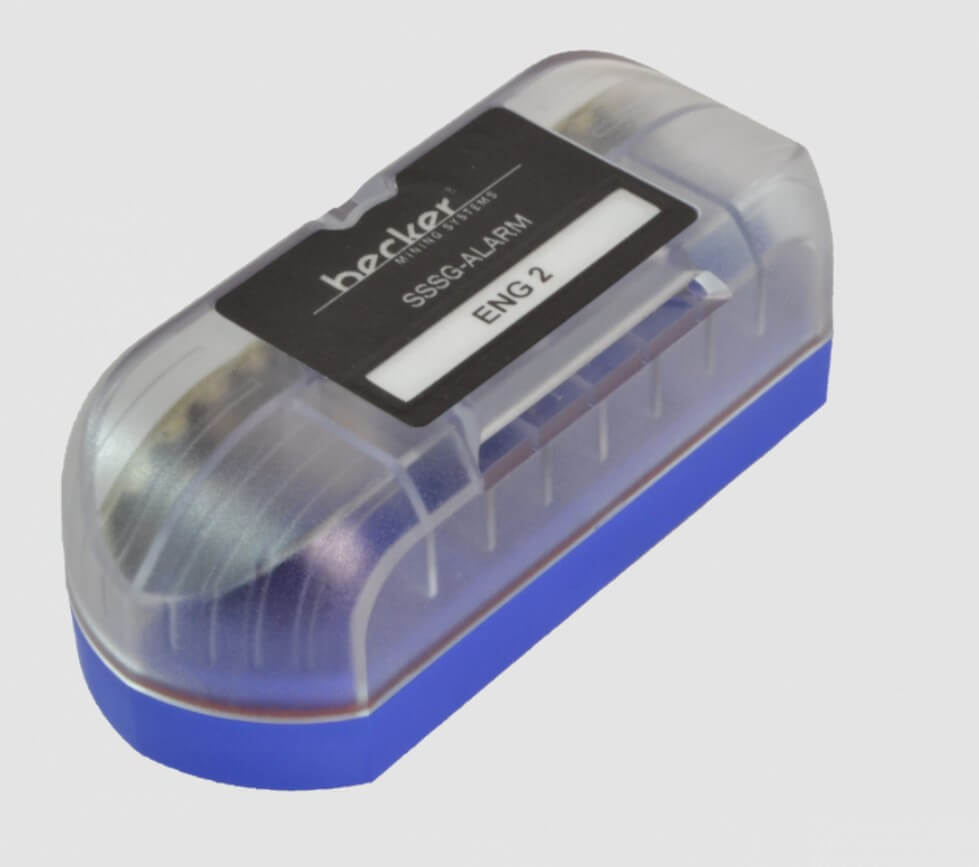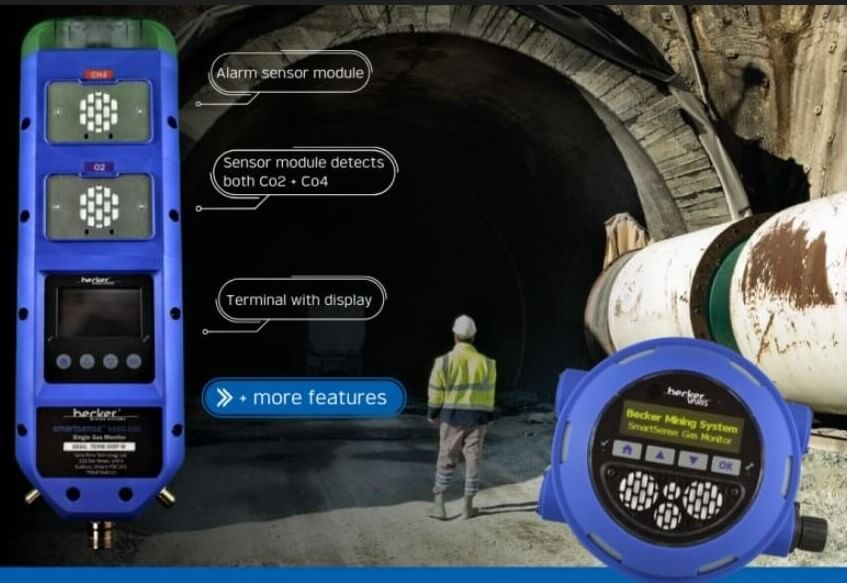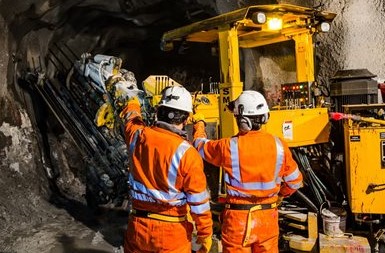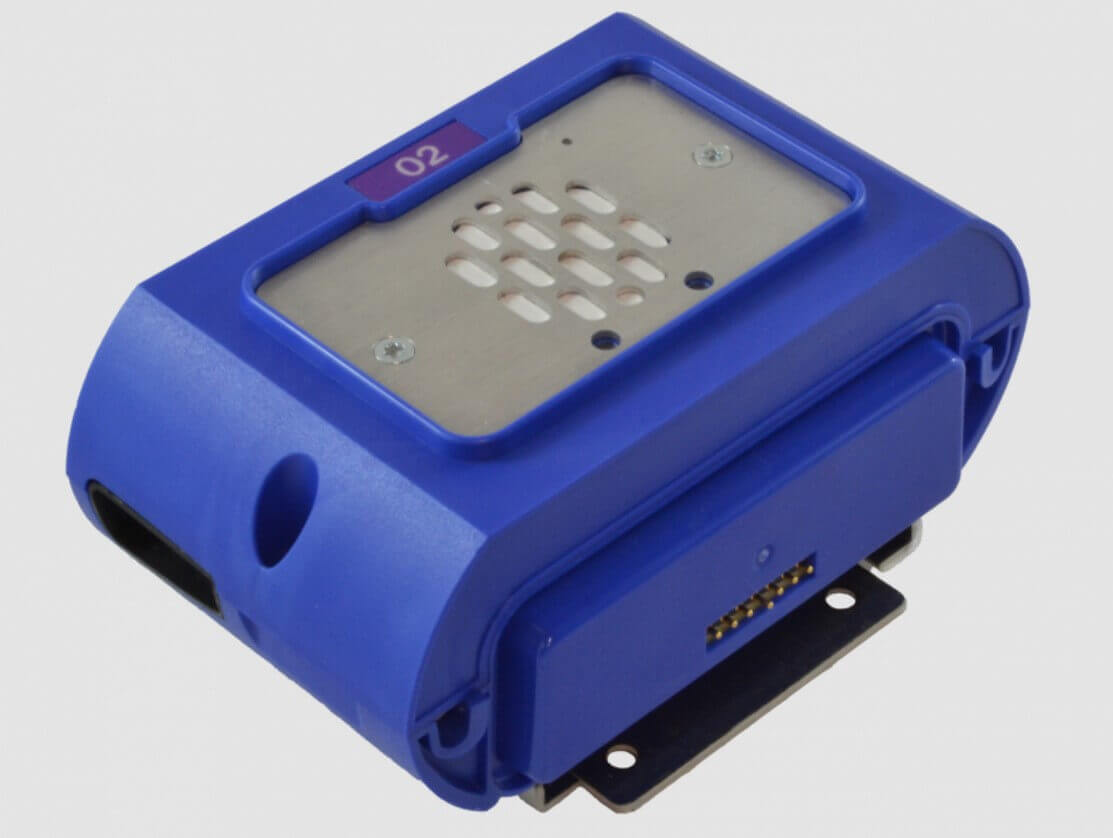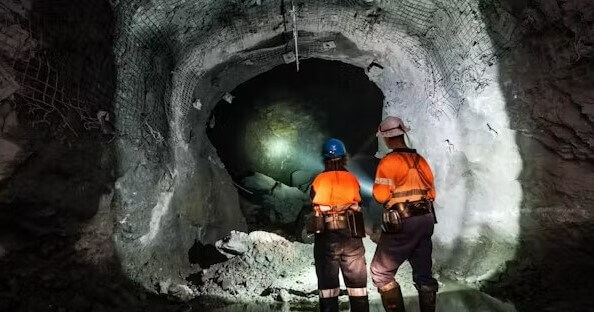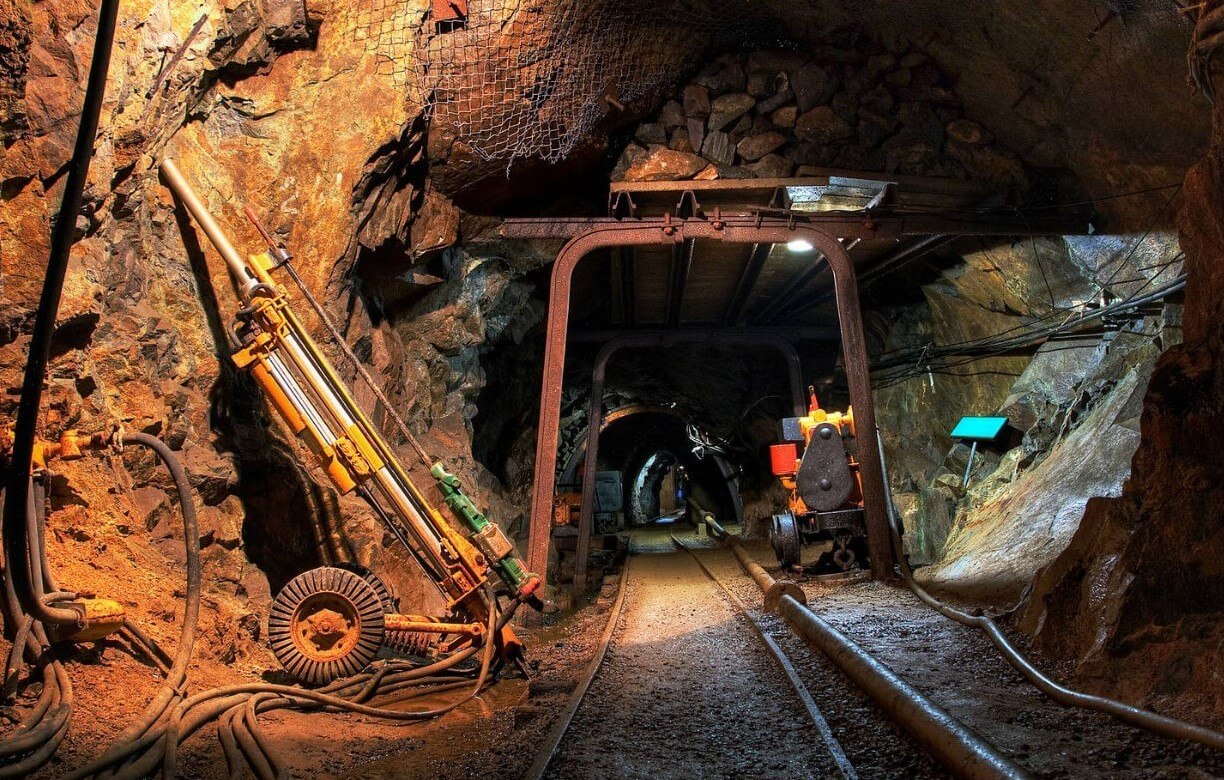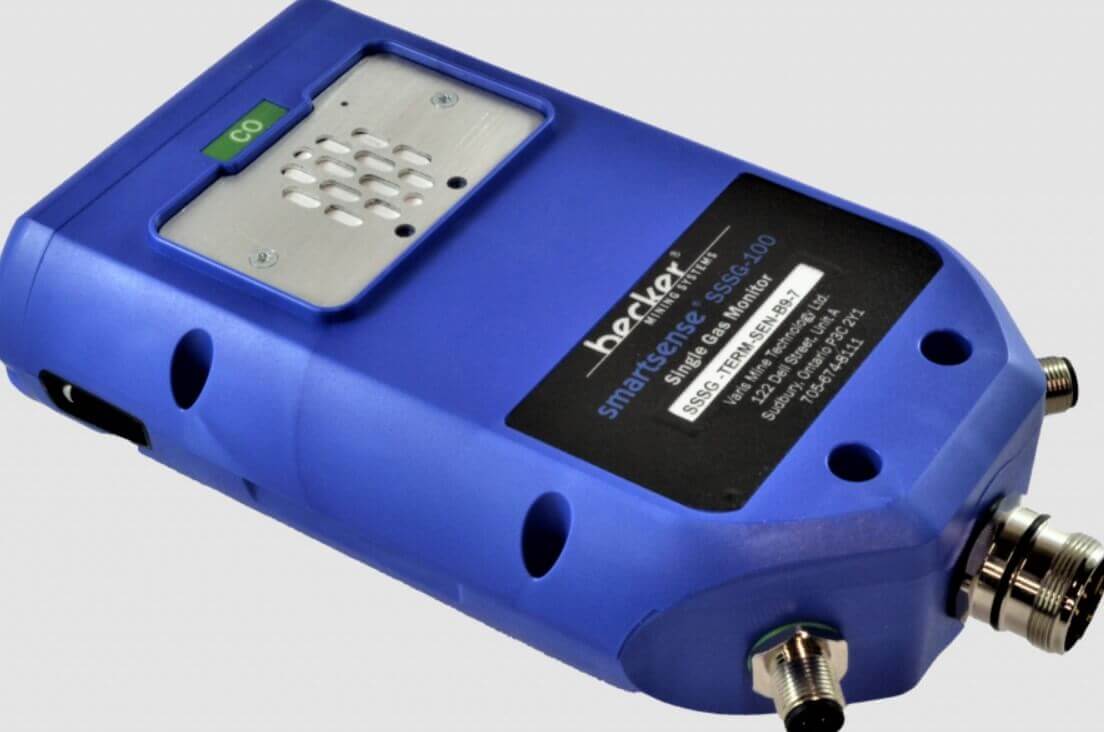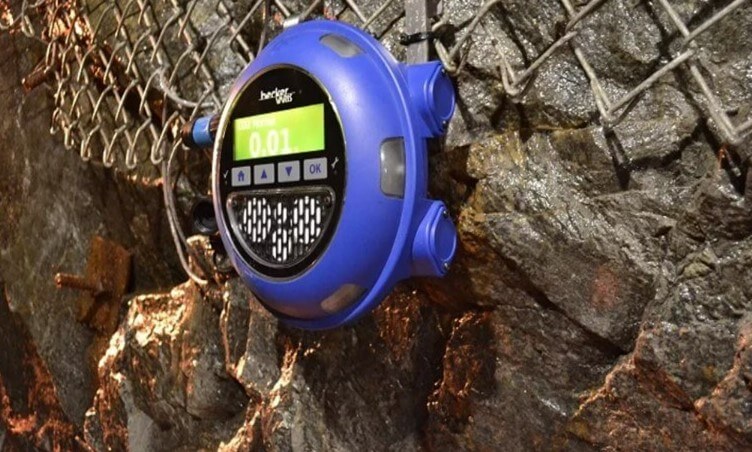In the demanding world of mining, safety is not just a priority—it’s a necessity. The underground environment is fraught with invisible dangers, and among the most hazardous are toxic and combustible gases. This is where investing in the best gas leak sensor becomes vital. Becker Wholesale Mine Supply, a trusted leader in mining safety equipment, has been at the forefront of providing advanced solutions that protect miners and ensure operational efficiency.
Best Gas Leak Sensor for Mining Industry
